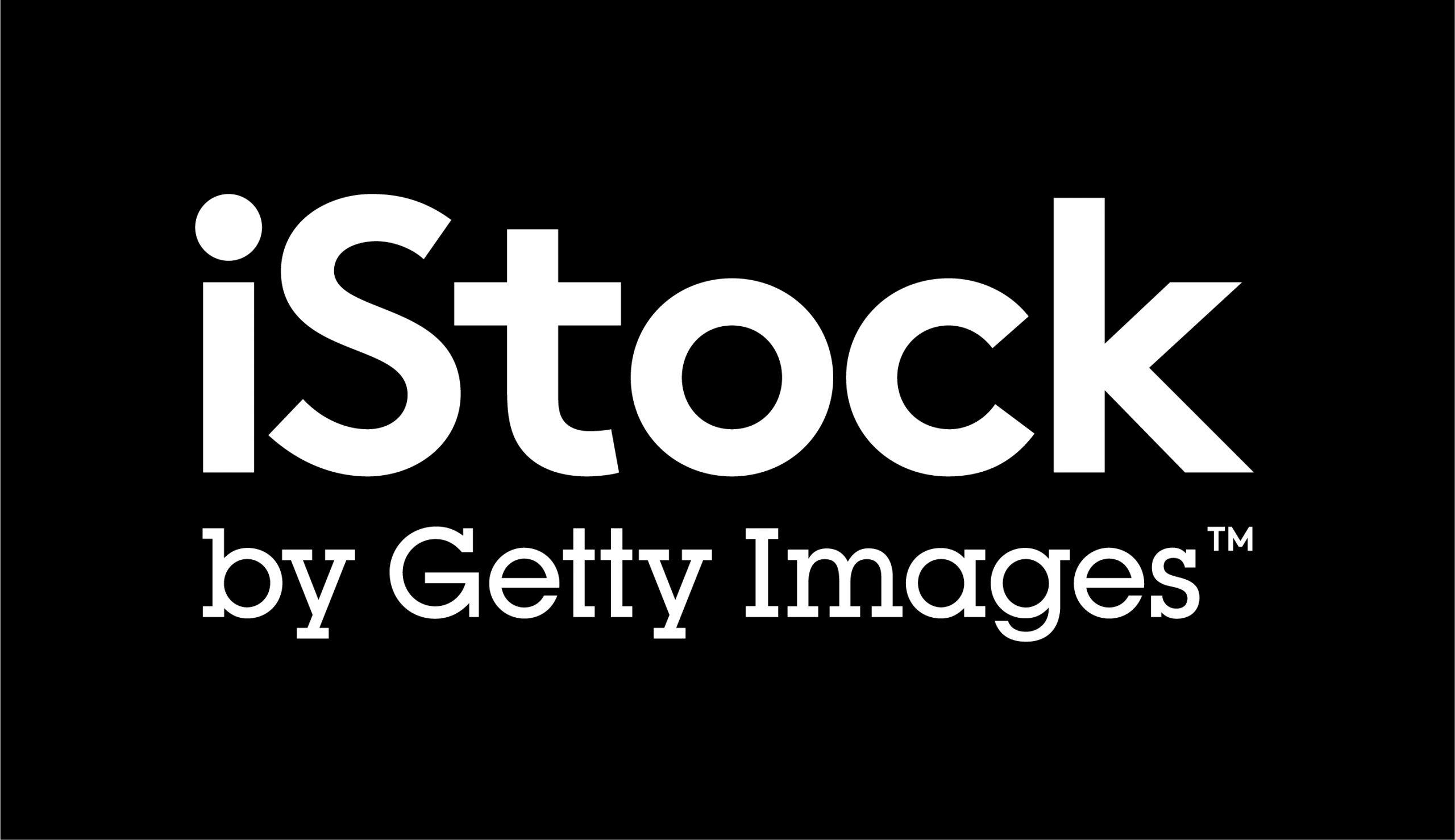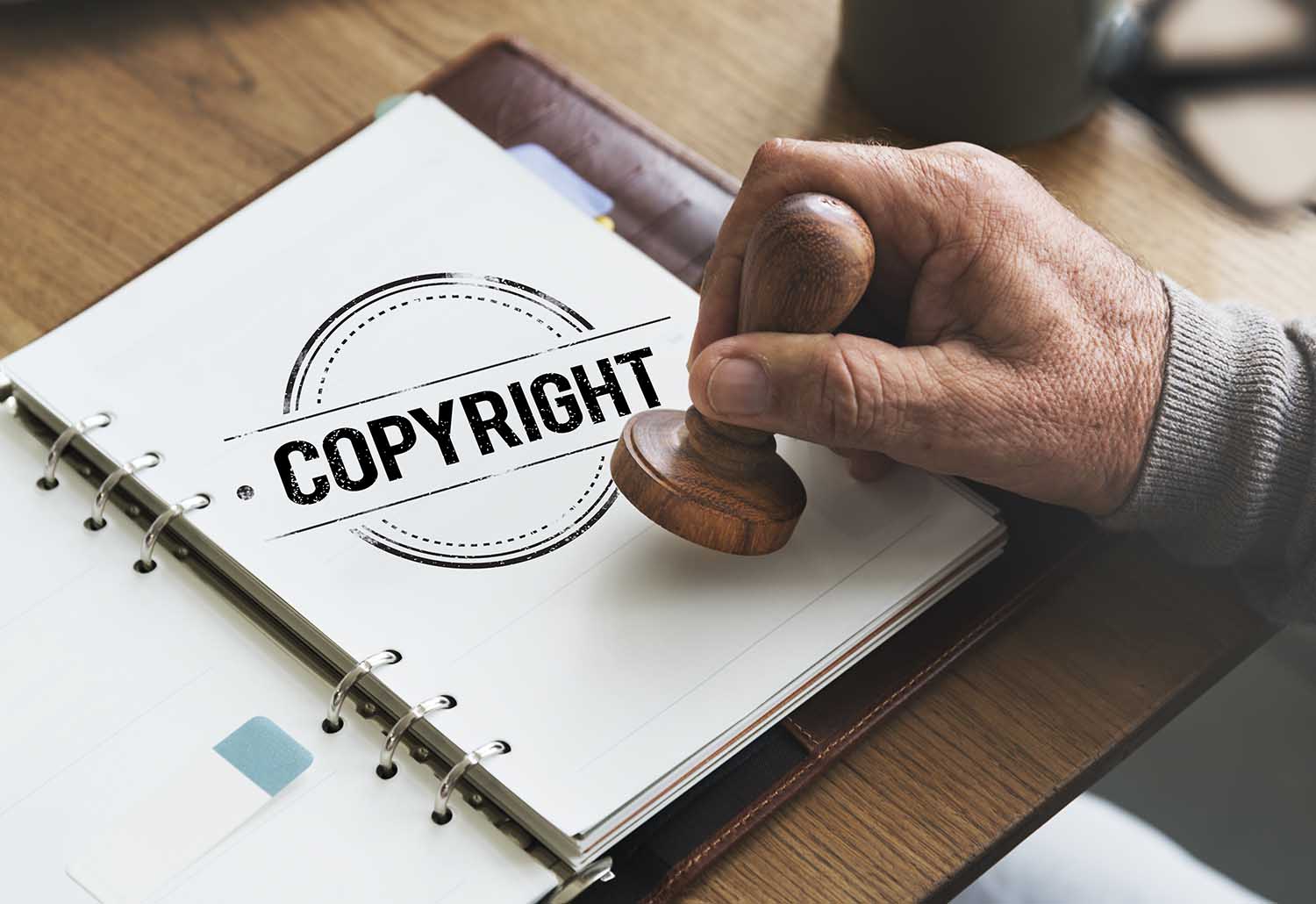Introduction
Becoming an iStock contributor opens up exciting opportunities to showcase and monetize your photography and videography skills. This step-by-step guide will walk you through the process of selling your photos and videos on iStock. As one of the leading stock media platforms, iStock provides a global marketplace where content creators can reach a vast audience and earn income from their creative work.
By understanding the submission requirements, pricing models, and marketing strategies, you can navigate the path to becoming a successful iStock contributor. Get ready to unleash your talent and embark on a rewarding journey in the world of stock content creation.
Also Read This: A Deep Dive into Fortiguard Downloader Security Services
Getting started as an iStock contributor
A. Signing up for an iStock contributor account
- Visit the iStock website: Go to the iStock website and navigate to the contributor section.
- Create an account: Sign up for an iStock contributor account by providing the necessary information, such as your name, email address, and preferred username.
- Verify your identity: Complete the identity verification process required by iStock to ensure the legitimacy of contributors.
B. Understanding the submission requirements and guidelines
- Familiarize yourself with the content guidelines: Read and understand iStock's content submission requirements and guidelines. This includes information on acceptable file formats, resolution, and file size for both photos and videos.
- Review the legal requirements: Ensure that you comply with legal requirements such as model releases, property releases, and avoiding copyrighted material in your submissions.
- Quality and technical standards: Familiarize yourself with the quality and technical standards set by iStock, including composition, lighting, focus, and overall visual appeal.
C. Setting up your contributor profile and portfolio
- Complete your profile: Fill out your contributor profile with accurate and engaging information about yourself and your photography or videography experience.
- Create a strong portfolio: Build an impressive portfolio showcasing your best work. Select a diverse range of photos and videos that demonstrate your skills and expertise in various subjects or styles.
- Optimize your portfolio: Use relevant and descriptive keywords, titles, and descriptions for each submission to improve the discoverability of your content in search results.
By following these steps, you can successfully set up your iStock contributor account, understand the submission requirements, and create a compelling portfolio. This will lay the foundation for showcasing your talent and maximizing your success as an iStock contributor.
[caption id="attachment_185612" align="alignnone" width="2560"] Getting started as an iStock contributor[/caption]
Getting started as an iStock contributor[/caption]
Also Read This: Crafting an Effective Job Description on LinkedIn to Attract Ideal Candidates
Preparing and submitting your content
A. Selecting marketable subjects and themes
- Research market demand: Identify popular subjects and themes by researching current trends and customer preferences on iStock. This helps you focus on content that has a higher chance of selling.
- Niche specialization: Consider specializing in a particular niche or subject that aligns with your expertise and passion. This can help you stand out and cater to a specific audience.
B. Capturing high-quality photos and videos
- Equipment and technical aspects: Use high-quality cameras, lenses, and equipment to capture sharp, well-exposed, and visually appealing images or videos. Pay attention to details like focus, lighting, and composition.
- Composition and creativity: Experiment with different angles, perspectives, and creative techniques to produce unique and eye-catching content. Strive for a balance between creativity and marketability.
C. Post-processing and editing techniques
- Image and video editing software: Utilize editing software like Adobe Photoshop, Lightroom, or Premiere Pro to enhance your content. Adjust exposure, colors, and sharpness while maintaining a natural and authentic look.
- Retouching and clean-up: Remove any distractions or imperfections from your photos or videos through careful retouching and clean-up techniques, ensuring a polished final result.
D. Keywording and describing your content effectively
- Relevant and descriptive keywords: Choose relevant keywords that accurately describe the subject, concept, and details of your content. Use specific and popular keywords to increase visibility in search results.
- Captivating titles and descriptions: Craft compelling titles and descriptions that provide valuable information about your content. Be concise, accurate, and engaging to attract potential buyers.
Once you have prepared your content, follow iStock's submission process, which typically involves uploading your photos or videos, attaching relevant metadata, and selecting appropriate categories and releases. Ensure that your submissions adhere to iStock's technical requirements and content guidelines to increase the chances of approval and maximize your earning potential as an iStock contributor.
[caption id="attachment_185613" align="alignnone" width="1500"] Preparing and submitting your content[/caption]
Preparing and submitting your content[/caption]
Also Read This: Stripping Audio from YouTube Videos for Personal Use
Review process and approval
A. Understanding the review criteria
- Quality and technical standards: iStock maintains high-quality standards for content. Your submissions will be assessed based on factors such as sharpness, composition, lighting, and overall visual appeal. Make sure your photos or videos meet these criteria.
- Commercial viability: iStock evaluates the commercial potential of your content. Consider the market demand, relevance, and uniqueness of your submissions to increase the likelihood of approval.
B. Uploading your content for review
- Submission process: Use iStock's contributor portal to upload your photos or videos for review. Follow the guidelines provided to ensure proper file format, size, and metadata attachment.
- Batch submissions: Consider submitting your content in batches rather than all at once. This allows you to learn from feedback received on initial submissions and make improvements if necessary.
C. Tips for increasing approval rates
- Learn from rejections: If your content is rejected, take it as an opportunity to learn and improve. Read the feedback provided by iStock and incorporate those suggestions into future submissions.
- Quality over quantity: Focus on submitting a smaller number of high-quality, commercially viable images or videos rather than a large quantity of mediocre content. Quality content has a better chance of being approved.
- Diversity in subject matter: Aim for a diverse portfolio that covers a range of subjects and styles. This increases the chances of appealing to a broader audience and receiving approvals for various content types.
- Be patient and persistent: Building a successful portfolio takes time and persistence. Don't get discouraged by rejections; keep refining your skills and submitting quality content.
Once your submissions are reviewed, you will receive notifications indicating whether they have been approved or rejected. If approved, your content will become available for purchase on iStock, allowing you to start earning income from your contributions.
[caption id="attachment_185614" align="alignnone" width="1500"] Review process and approval[/caption]
Review process and approval[/caption]
Also Read This: How Clients Can Download Images from ShootProof
Pricing and licensing your content
A. Determining the appropriate pricing for your photos and videos
- Consider market trends: Research the pricing trends and ranges for similar content on iStock. This will give you an idea of the competitive pricing within the market.
- Factors affecting pricing: Factors such as image or video quality, uniqueness, subject matter, and licensing options can influence the pricing of your content. High-quality, exclusive, or specialized content may command higher prices.
- Tiered pricing: iStock offers tiered pricing options, where contributors can set different prices based on the file size or resolution of their images or videos. Consider the value and demand for your content when selecting appropriate pricing tiers.
B. Choosing the right licensing options
- Royalty-Free License: The Royalty-Free License is the default license for iStock content. It allows buyers to use the content multiple times without additional fees. Determine the pricing and usage rights you want to offer for your Royalty-Free content.
- Extended License: iStock also offers an Extended License option for additional usage rights beyond the standard Royalty-Free License. Decide if you want to offer this extended licensing option and set the appropriate price for it.
C. Understanding royalties and earnings potential
- Royalty rates: iStock pays contributors a percentage of the sale price for each image or video downloaded. The royalty rate varies depending on your contributor level and the type of content.
- Contributor levels: iStock has different contributor levels based on the number of downloads and sales. As your sales increase, you can progress to higher contributor levels, which may offer higher royalty rates and other benefits.
- Earnings potential: The earnings potential as an iStock contributor depends on various factors, including the quality and marketability of your content, the size of your portfolio, and the demand for your images or videos.
By setting appropriate pricing for your content and understanding the licensing options, you can effectively monetize your photos and videos on iStock. Continuously monitor market trends and adjust your pricing strategy accordingly to optimize your earnings potential as an iStock contributor.
[caption id="attachment_185615" align="alignnone" width="1500"] Pricing and licensing your content[/caption]
Pricing and licensing your content[/caption]
Also Read This: Why 123RF Is a Leading Platform for Stock Photos
Maximizing sales and visibility
A. Promoting your iStock portfolio
- Share on social media: Utilize social media platforms to showcase your iStock portfolio and share links to your content. Engage with your followers, use relevant hashtags, and leverage social media marketing techniques to attract potential buyers.
- Build a personal website or blog: Create a website or blog to feature your iStock portfolio and provide additional information about your work. Optimize it for search engines to increase its visibility and drive organic traffic.
B. Leveraging social media and online communities
- Participate in online communities: Join photography or videography forums, groups, or communities where you can share your iStock work, engage in discussions, and network with other professionals. This can help increase your exposure and attract potential buyers.
- Collaborate with influencers: Collaborate with influencers or content creators in related niches who can promote your iStock portfolio to their audience. This can expand your reach and generate more visibility for your content.
C. Collaborating with other contributors and participating in challenges
- Collaborate with other contributors: Consider collaborating with other iStock contributors on joint projects or themed collections. This cross-promotion can expose your work to new audiences and create synergistic marketing opportunities.
- Participate in iStock challenges: Take part in iStock challenges that align with your content and expertise. These challenges provide an opportunity to showcase your work, gain recognition, and potentially earn rewards.
By actively promoting your iStock portfolio, leveraging social media and online communities, and collaborating with others, you can increase the visibility of your content and attract more potential buyers. Remember to maintain an active online presence, engage with your audience, and continuously seek opportunities to showcase your work beyond the iStock platform.
[caption id="attachment_185616" align="alignnone" width="1500"] Maximizing sales and visibility[/caption]
Maximizing sales and visibility[/caption]
Also Read This: Educate, Persuade, Convert: Leveraging SlideShare for Success
Legal considerations and copyright protection
A. Ensuring copyright ownership and model releases
- Copyright ownership: Before submitting your photos or videos to iStock, ensure that you are the rightful owner of the content or have obtained the necessary permissions from the copyright owner. This includes obtaining releases for recognizable individuals, trademarks, and copyrighted materials visible in your content.
- Model releases: If your photos or videos feature recognizable individuals, obtain signed model releases to grant you the right to use their likeness commercially. Model releases help protect both you and potential buyers from any legal issues.
B. Understanding the rights and restrictions of your content
- Licensing agreements: Familiarize yourself with the licensing agreements provided by iStock. Understand the rights granted to buyers and any limitations or restrictions placed on the use of your content.
- Exclusive vs. non-exclusive content: Decide whether to offer your content exclusively on iStock or make it available on other platforms as well. Exclusive content may earn higher royalties, but it requires an exclusivity agreement with iStock.
C. Protecting your intellectual property rights
- Watermarking and metadata: Consider adding watermarks or visible copyright information to your previews or low-resolution versions of your content to deter unauthorized use. Embed relevant metadata in your files to help protect your rights and ensure proper attribution.
- Monitoring and reporting infringements: Regularly monitor the web for unauthorized use of your content. If you find instances of copyright infringement, take appropriate action by reporting the infringement to iStock or seeking legal counsel if necessary.
- Registering your copyright: While copyright protection exists automatically upon creation, registering your copyright with the appropriate copyright office can provide additional legal benefits and protection.
Understanding and adhering to copyright laws, obtaining necessary releases, and protecting your intellectual property rights are crucial for your success as an iStock contributor. By taking proactive measures to ensure compliance and safeguard your content, you can enjoy the benefits of selling your photos and videos while maintaining the integrity of your work.
[caption id="attachment_185617" align="alignnone" width="1500"] Legal considerations and copyright protection[/caption]
Legal considerations and copyright protection[/caption]
Also Read This: How to Upload Photos on Getty Images
Tips for success and ongoing growth
A. Continuing to refine your skills and techniques
- Stay updated with industry trends: Keep up with the latest trends, styles, and techniques in photography and videography. This allows you to adapt to changing market demands and produce content that resonates with buyers.
- Seek constructive feedback: Embrace feedback from iStock reviewers, customers, and fellow photographers or videographers. Learn from their suggestions and critiques to improve your skills and enhance the quality of your content.
B. Staying connected and networking
- Attend industry events and workshops: Participate in photography or videography conferences, workshops, and exhibitions to network with professionals in the field. Connect with like-minded individuals and potential buyers to expand your reach and knowledge.
- Engage with the iStock community: Interact with other iStock contributors through forums, online communities, and social media groups. Share experiences, exchange tips, and collaborate on projects to grow your network and learn from others.
C. Experimenting with different styles and subjects
- Explore new genres and subjects: Don't limit yourself to one specific genre or subject. Experiment with different styles, themes, and subjects to diversify your portfolio and attract a wider range of buyers.
- Stay creative and think outside the box: Push the boundaries of your creativity and explore unique perspectives and concepts. Offer fresh and innovative content that stands out in a crowded market.
D. Analyzing data and adapting strategies
- Analyze sales data and customer feedback: Study your sales data, identify trends, and understand what types of content perform well. Listen to customer feedback to gain insights into their preferences and needs.
- Adapt your strategies: Based on the data and feedback, refine your content creation and marketing strategies. Focus on producing more of what sells and tailor your promotional efforts to target specific customer segments.
By continuously improving your skills, networking with professionals, exploring new styles and subjects, and analyzing data, you can position yourself for long-term success as an iStock contributor. Stay adaptable, open to learning, and dedicated to producing high-quality, marketable content to maximize your earning potential and growth in the stock media industry.
[caption id="attachment_185618" align="alignnone" width="1300"] Tips for success and ongoing growth[/caption]
Tips for success and ongoing growth[/caption]
Also Read This: How to Sell Footage on Shutterstock and Attract Buyers
Frequently Asked Questions (FAQs)
How do I become an iStock contributor?
To become an iStock contributor, visit the iStock website and sign up for a contributor account. Complete the registration process, including identity verification, and set up your contributor profile. You can then start submitting your photos and videos for review.
What kind of content can I sell on iStock?
iStock accepts a wide range of content, including photos and videos. You can sell images and footage covering various subjects, such as landscapes, portraits, food, lifestyle, and more. Ensure your content meets iStock's quality and technical requirements.
How much can I earn as an iStock contributor?
Earnings as an iStock contributor vary based on factors like the quality and marketability of your content, sales volume, and licensing options. The more high-quality content you contribute and the more popular it becomes, the greater your earning potential.
What are the licensing options for buyers on iStock?
iStock offers a Royalty-Free License, which allows buyers to use the content multiple times with certain restrictions. Additionally, an Extended License is available for expanded usage rights beyond the Royalty-Free License. Buyers can choose the appropriate license based on their specific needs.
Can I sell the same content on other platforms?
Yes, iStock allows non-exclusive content, meaning you can sell the same content on other stock media platforms or through other channels. However, exclusivity offers certain benefits, such as higher royalties. Consider the exclusivity agreement when deciding where to sell your content.
How long does it take for my content to get reviewed?
The review process duration may vary, but it typically takes a few business days. During busy periods, it may take longer. You will receive notifications regarding the approval or rejection of your submissions.
What if my content gets rejected?
If your content is rejected, review the feedback provided by iStock and make improvements accordingly. Learn from the rejection and consider the quality, technical aspects, and commercial viability of your content when resubmitting.
Conclusion
Becoming an iStock contributor offers an exciting opportunity to monetize your photography and videography skills. By following this step-by-step guide, you can navigate the process of selling your photos and videos on iStock with confidence. From setting up your contributor account and understanding submission requirements to pricing your content, maximizing sales, and protecting your intellectual property, each aspect plays a crucial role in your success.
By continuously refining your skills, staying connected with the community, experimenting with different styles, and adapting your strategies, you can thrive as an iStock contributor and unlock the potential for income and growth in the ever-evolving world of stock content creation.
